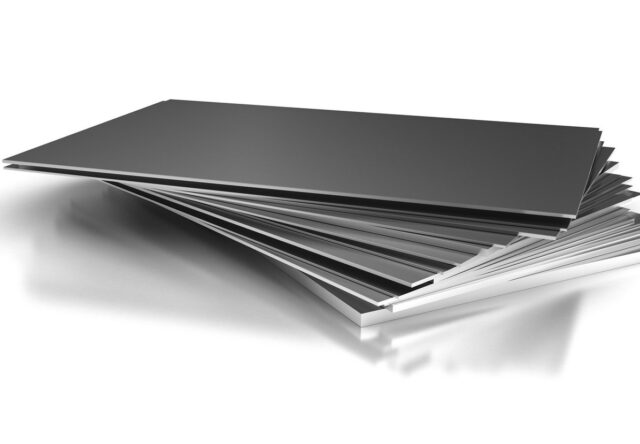
Stainless steel is a material that we meet every day around us, and it’s known for the strength, but also flexibility. Also, it’s durable, and can usually be found in building constructions, vehicles, and different types of installations and equipment. Also, it comes with different finishes, that can tell a lot about the material’s quality (but it doesn’t do that necessarily). The cookware at your home is probably made of some type of steel, and that’s why we can conclude that it’s safe and easy to use, and probably much better than any material with similar physical and chemical properties.
When identifying the quality of the steel, you have to know some technical things and features, check the production date, if available, the declaration, certificates, but also the condition, color, finish, and many other specifications that will help you get to know the piece you have better. So, here are a few types of identification that can help you determine the quality:
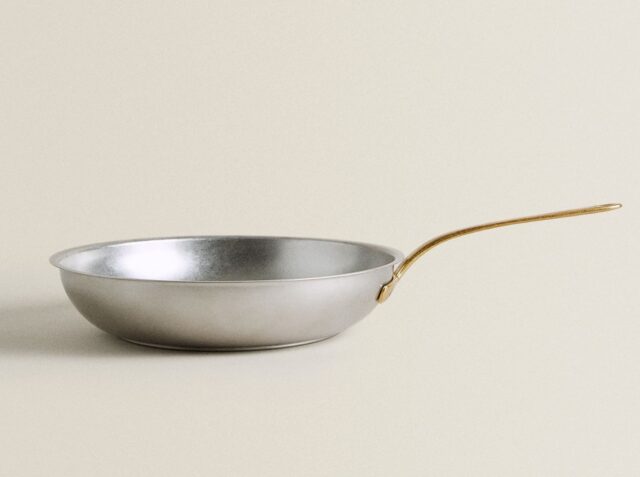
1. The color
The clean steel is silver, almost white, and smooth. But, the chromium-nickel type may have some green finish. The chromium comes with a gray surface that isn’t shiny. When the chromium is combined with manganese nitrogen, it’s also greenish, but a little lighter than the chromium-nickel one. All of these choices have solid quality. But, if you are able to identify some other color or finish, then you maybe have to question the quality and ask for a certificate and declaration.
2. The magnet test
Some mixtures (alloys) combine different types of materials, together with the steel, so the performance is improved. Many people believe that regular stainless steel shouldn’t attract magnets. But, in the previous paragraph, we described different types, and some of them may still attract the magnets, especially those alloys that contain chromium. So, this test doesn’t necessarily show that the material isn’t authentic. But, the forces between the magnet and the steel surface should be very low, almost equal to zero, so we can say that the material is quality.
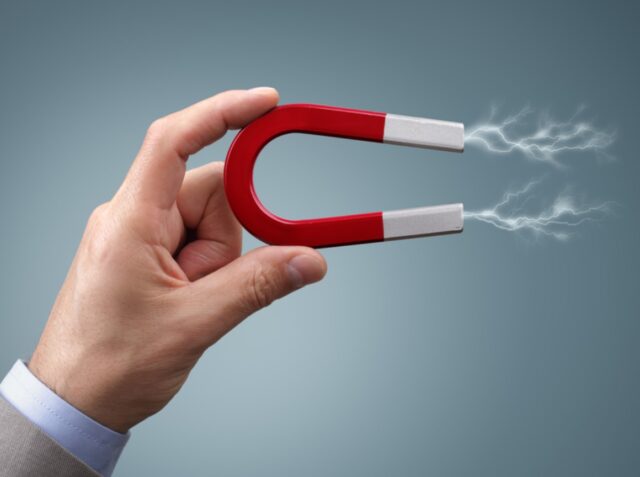
3. Test the durability
For the kitchen supplies, you can perform simple home tests so you can check if they are made of quality alloys or not. Check if they can change the shape under pressure, or when heated, or does different types of food affect the color and quality of the item. For example, alkaline foods can make some metallic taste released from the low-quality supplies. On the other hand, acidic foods may cause damage. This is not dangerous for your health, but it’s an indicator of quality.
4. What is the most quality type? Get to know the technical details
According to many sources, the highest quality steel has code 304, which is the most common type, that is resistant to corrosion and oxidation, easy to wash and sanitize, and very durable at the same time. This is the main technical proof of the quality. The material by itself won’t corrode, but if you anyhow damage the surface, the rust will start spreading all over the item.
The 304 type is better for home usage, including the cooking items, knives, taps, and other surfaces. But, when it comes to outdoor use, there is an even better type, with the code 316. Since 304 consists of chromium and nickel, the 316 type has an addition of molybdenum. This element prevents damages caused by the salts used to de-ice the roads. Some chemical elements can damage even the strongest steel, and that’s why the manufacturers are doing everything to improve the durability of the alloys. You can find more information about decorative stainless steel by visiting www.steelcolor.com, and learn more about what type to choose for your needs and purposes.
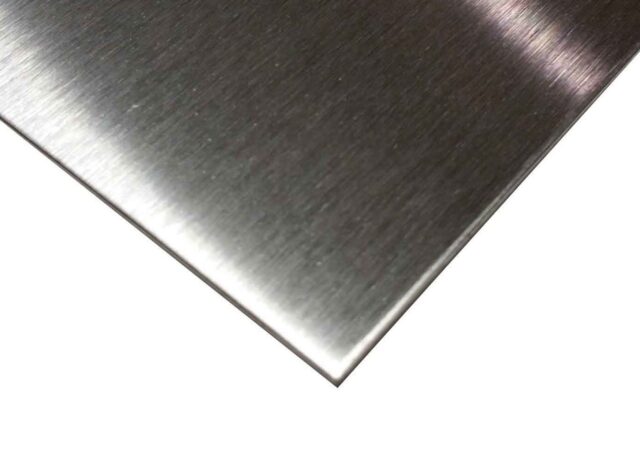
5. What is type 440?
This is the type with the highest grades when it comes to heat. It’s mixed with carbon, for exceptional durability, and high-pressure resistance. But, you can’t find it at home or in everyday use. The series that starts with 4 (400 series) are ferrite and chromium alloys and have very improved performances compared to the previous series. Many manufacturers recognize this type as the most commonly used material when it comes to building covers, vehicles, and other durable objects.
What else do I need to know?
As we said, the most common types that are widely used are 304 and 316. When we talk about 304, we need to know that it’s the least expensive option that is resistant to corrosion and oxidation. The improvement of 316 is that it has additional resistance to chlorine, and it’s used in specific conditions, including surgery tools and elements, because of the reaction with the blood and other body fluids.
Sometimes, the steel requires proper maintenance, because the rust resistance can decrease over time. The process is called corrosion resistance retaliation, or even passivation, which prevents the signs of corrosion and rust that may anyway appear over the surface. The level of quality doesn’t mean it would last forever – just the opposite, it shows us that we will need more time until the next “renovation” and “refreshment” of the steel surfaces.
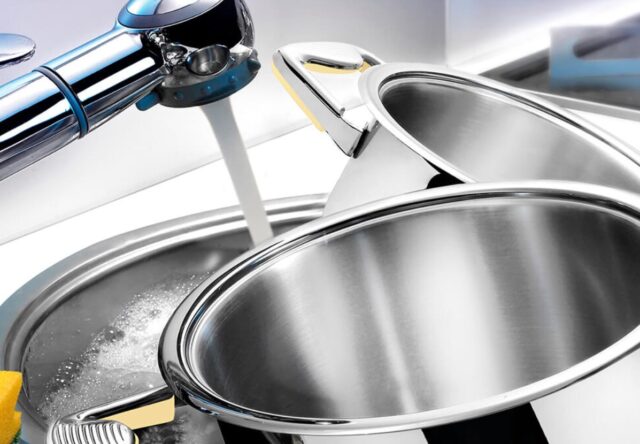
How to remove the rust in home conditions?
The most commonly used types have some “self-healing” properties, and you only need to help your spoons, knives, forks, or jewelry with a mix of baking soda and warm water. Make a thick fluid of it, and use an old toothbrush to remove the eventual rust stains. That will prevent the spreading, and promote the healing of the material.
Before you invest in stainless steel items, you have to know the chemical and physical properties of the materials, and also, their purpose. You must research a little before you buy them, in order to recognize the quality features of the piece you hold in your hands. Look for the certifications and serial numbers, and use your access to the Internet to check those things, if you still don’t know how to make a difference only by watching.









